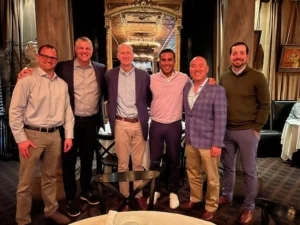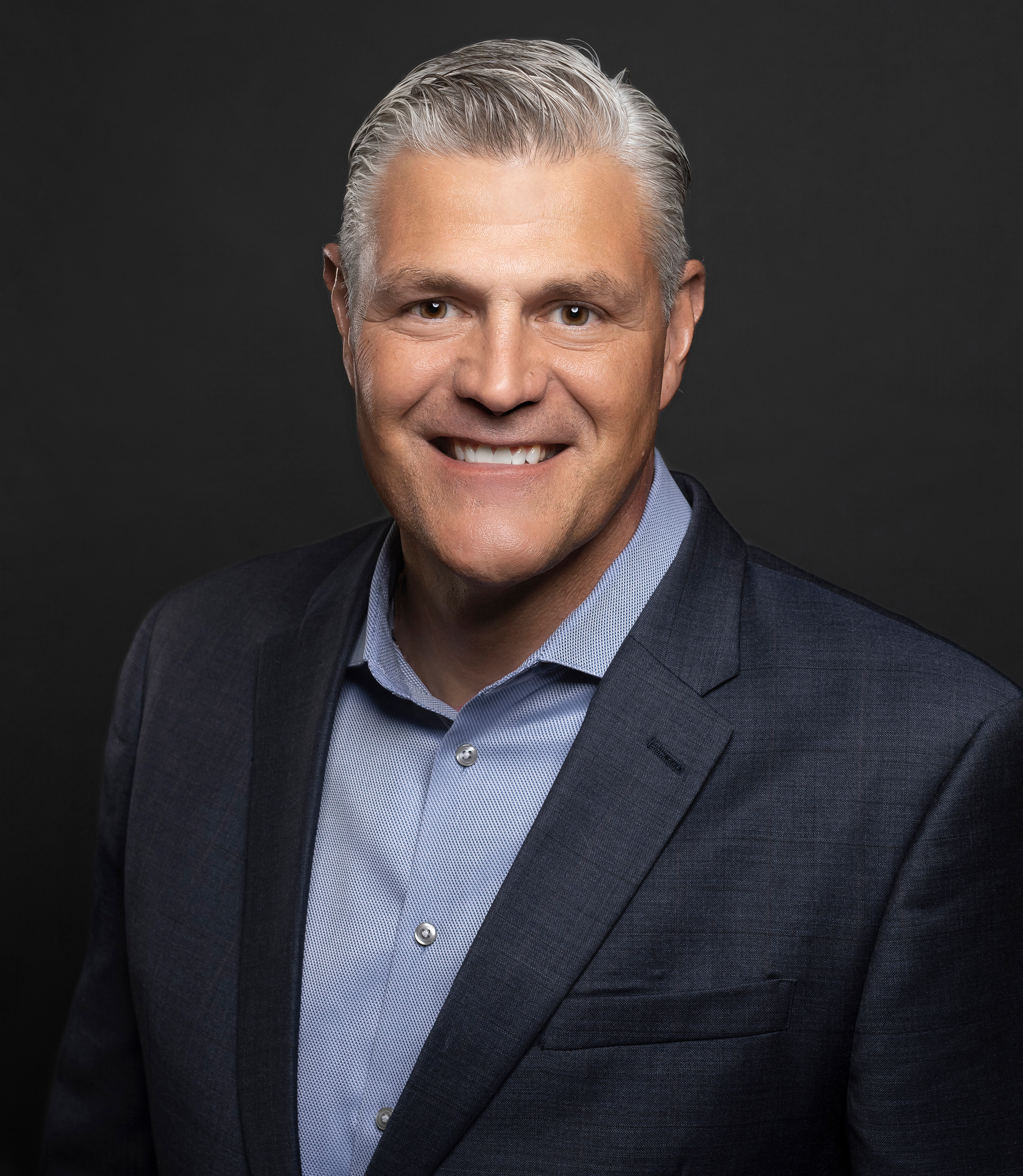
As emergency department physicians and clinicians, we often talk about the privilege we have to serve as the initial contact for patients, as the ED is often viewed as the front door of the hospital and we have the unique opportunity to positively impact excellence in the care experience. Additionally, we talk through strategies to deliver exceptional care while navigating the sheer volume of people coming to us for care, with nearly 140 million annual ED visits nationwide in 2023. As the leader of Sound’s Emergency Medicine practice, I’m focused on working closely with our leaders and clinical teams to ensure those who come to us for treatment receive the expert care and compassionate experience they deserve.
What I know from my almost 25 years as an emergency medicine physician and healthcare leader is that nearly every person who comes through the front doors of the emergency department has a common diagnosis: fear. Something unexpected has happened, and in their mind, they’re worried about the problem they are experiencing, while managing the unsettled emotions of being in an unfamiliar environment. They’re constantly assessing this new environment and anxiously seeking answers to two critical questions: Can this emergency department team take good care of me and am I a priority to them?
We strive to make our patients a priority and keep them at the center of everything we do. Through our intentional and collaborative practice model, we work diligently to coordinate all aspects of the care experience and aim to deliver a compassionate, efficient, and connected care experience to all we serve. When we remove barriers to care, cultivate cohesive teams, and measure our success, our patients win.
Breaking down barriers
In this post-pandemic era of emergency medicine, hospitals and health systems are constrained. With fewer resources, our goal is to use those resources in different and innovative ways to build a sustainable model of care. Our hospital partners are looking for more than a staffing company, which all too often see barriers to care as the hospital’s problem to solve. That’s not our philosophy at Sound.
From the start, we’re a collaborative and strategic partner, rolling up our sleeves to find ways to break down those barriers. As physician leaders, our commitment is to patient-centered care, and we’re intentional in how we approach improving operational performance and efficiency to drive better quality and patient satisfaction. With our tools and technologies that connect clinical best practices to the bedside, and leveraging our integrated programs, we’re able to add value to our partnerships by improving the care that’s delivered. We’re constantly evaluating and evolving our practice to meet our patients, and our hospital partners’ needs.
The importance of interdependence
Every day in the ED is an opportunity to get better as a team. And we know that the kind of care a patient receives — and their overall experience when they’re with us — doesn’t hinge on just one clinician’s actions. It’s the whole of the care team aligning around a patient-first approach.
For us, that means the physician and nursing teams working in lockstep to show up at the patient’s bedside as a unified front. That show of alignment by the clinical team, and their

continued communication and coordination, helps the patient feel reassured. Connecting those pieces is a game-changer: The patient’s anxiety decreases and their trust increases. Through an intentional approach to bringing better to the bedside, we can enhance the patient experience and improve patient loyalty.
Our emergency medicine team performs at a higher level when each person understands the role of the other and the impact it has on a patient’s care and experience. The same is true for departments within the hospital. Too often, departments are siloed, which requires everyone to work harder at coordinating and organizing a patient’s care from one phase or one team to the next. Without that synergy across departments, a hospital just isn’t as high-functioning or efficient as it could be.
We’ve seen how our departments benefit from acknowledging their interdependency and working collaboratively — in particular, among our integrated programs. Whether it’s our emergency and hospital medicine teams working together, or we’re partnering with anesthesia or critical care, we see more streamlined patient transitions and greater operational efficiency when we’re sharing best practices for patient safety and care across our medical group practice.
Measuring success
We know metrics matter — they tell us just how efficiently and effectively our department is performing and, ultimately, hold us accountable for delivering a truly patient-centered care experience.
We use the Emergency Department Benchmarking Alliance (EDBA) as our gold standard for care. It’s an independent, unbiased look at performance across more than 1,900 hospitals with over 145 million ED visits each year — and it provides critical information to help us improve. We’re intentional in our approach to managing operational efficiency and want our door-to-care initiation, discharge length of stay, admit length of stay, and left without being seen metrics to be better than the national average. Across our EM practice, our goal — through collaboration and terrific teamwork — is to build processes that eliminate barriers to care and allow our care teams to provide timely treatment and disposition tour patients efficiently.
A winning approach
I want our patients to know they’re at the center of everything we do. This kind of care comes from building strong programs and truly collaborative teams who understand that everyone’s role on the team is valuable. Though we may play different roles in the episode of care, each person is essential to making our patients feel truly cared for.
And just as we want our patients to feel cared for, we also want our clinicians to feel the same. That culture of connection starts at the top, which is why we teach our leaders how to care for and support their team, with individual well-being as a top priority.
As a former college football player, I know firsthand the necessity — and beauty — of team cohesion. Those years gave me invaluable insight into the power of team-building, and it’s something I’ve carried with me throughout my career in medicine. For me, emergency medicine is the ultimate team game — and it’s one we win by continuing to bring better care and a better patient experience to the bedside.
